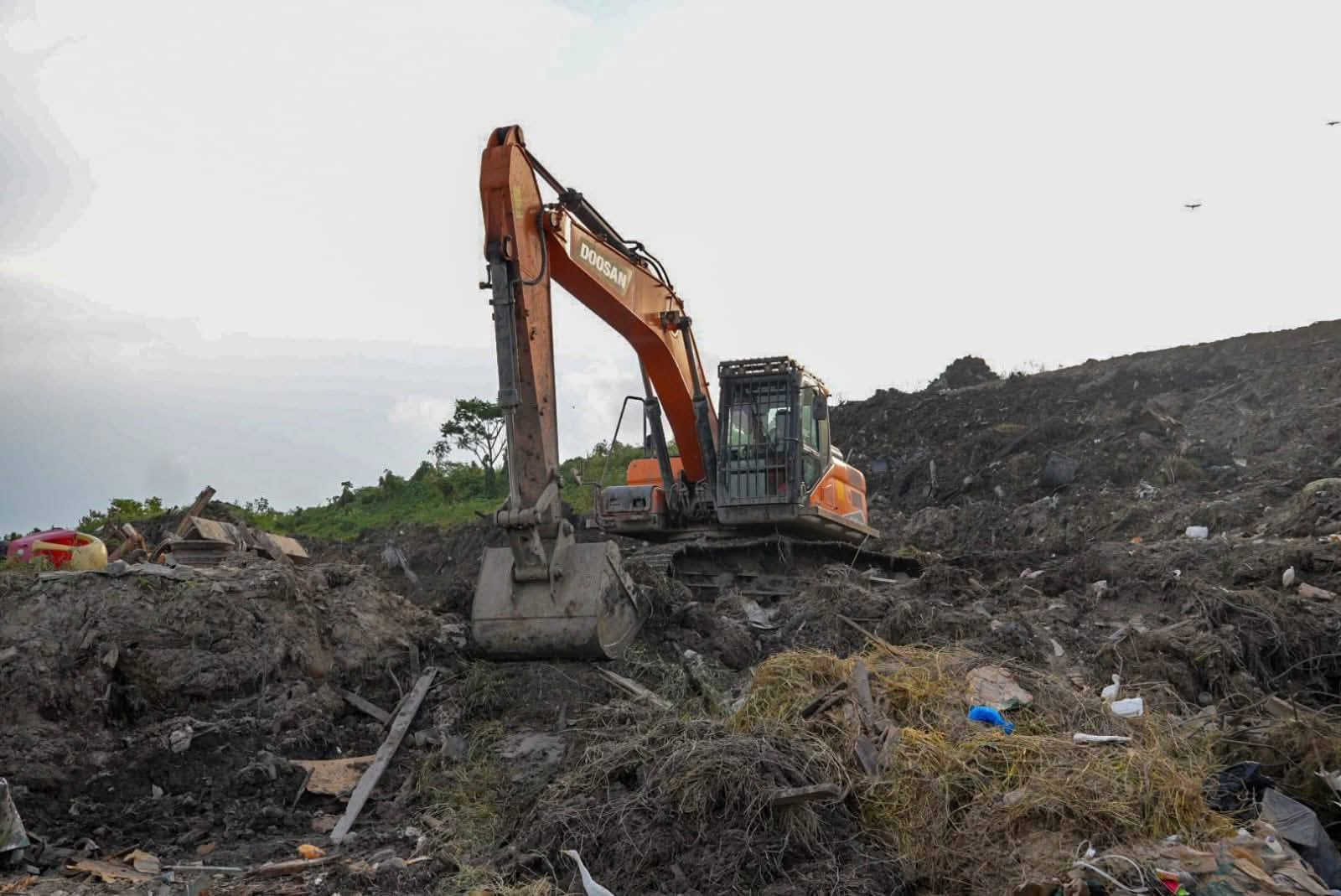By INEWS
Copyright inewsguyana

Newly appointed Local Government and Regional Development, Minister Priya Manickchand, has announced that the Government will be significantly expanding its waste management capacity as the volume of waste entering the Haags Bosch landfill has tripled in recent years.
Speaking during a site visit, Manickchand described solid waste management as “a huge area and a big concern” for residents across the country, stressing that safe, sanitary, and well-managed communities remain a priority for the administration.
At Haags Bosch, once designed to handle around 400 tonnes of municipal solid waste daily, dumping has surged from 100 trucks per day to between 300 and 400, pushing daily waste intake to more than 1,200 tonnes. Residents of nearby communities, including Eccles, Prospect, and Windsor Estate, have repeatedly complained about smoke and unpleasant odours from the site.
“We have to now increase our capacity of management,” Manickchand said. “I’ve already met with the engineers and management here, and we’re putting systems in place. The work has to ensure that our children and families can enjoy the outdoors without the scent and smoke affecting their lives.”
The minister noted that her ministry will be working closely with First Lady Arya Ali, who has spearheaded village beautification projects nationwide, to complement the broader strategy for cleaner and greener communities.
The Haags Bosch landfill, established in 2011 and utilising the Fukuoka Method for waste decomposition, is a key part of Guyana’s waste management system. Despite its design to curb emissions and landfill fires, challenges such as weather conditions and limited training have hampered its effectiveness.
To address growing pressures, government in January awarded more than $700 million in contracts for the development of a state-of-the-art recycling centre and a hazardous waste cell at the site. The $210 million recycling centre will focus on reducing landfill volumes through sorting and repurposing plastics and other recyclable materials, while the $556 million hazardous waste cell will provide a secure system for treating and disposing of toxic substances.
“These projects will not only improve efficiency but will also help us protect public health and the environment,” Manickchand said, adding that works are expected to be completed on strict timelines with high quality standards.
The minister emphasised that while Haags Bosch remains a central pillar of Guyana’s waste management framework, attention will also be given to smaller villages, neighbourhood councils, and regional facilities to ensure countrywide improvements in waste collection and disposal.



